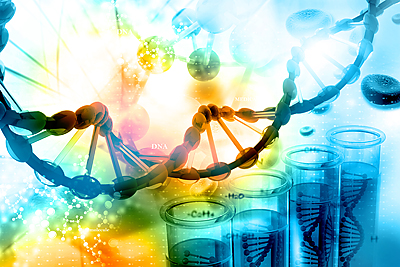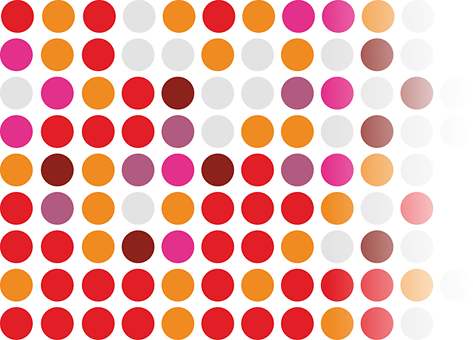Biobank samples (blood and bone marrow samples, skin biopsies) are collected primarily from patients with hematological malignancies. Samples shall only be collected from patients who have consented to it.
Samples are collected on weekdays only. A notification of sample collection (automatic email message) must be sent by 3:00 pm. However, on Fridays the notification needs to be sent by 2:00 pm. Regarding late deliveries, please inform the Blood Service in advance (tel. 044 434 4331) of any sample with an estimated arrival time after 4:00 pm.
The following includes general instructions for collecting samples from adult patients. For sample collection from children, please see separate instructions and hospital-specific instructions.
Instructions:
1. The Pt-Hembio test battery is included in the initial tests of patients with hematological disorders. The Pt-Hembio test battery includes the following subtests: B-Hembio (blood samples), Bm-Hembio (bone marrow sample) and Ts-Hembio (skin biopsy specimen). The secretary will order these tests together with the usual tests.
2. When the patient arrives to the day hospital/hospital ward to give a diagnostic bone marrow sample, the nurse assisting with the operation hands the patient the Finnish Hematology Registry information form and the FHRB Biobank information form. Patients visiting the day hospital will receive these information forms together with the invitation letter.
3. The operating physician or a nurse introduces the study and asks for the patient’s consent to be included in the study. Any necessary pre-medications shall not be administered until after the patient has been informed about the study and they have been asked to participate in the study. The signed consent form is sent attached to the referral to bone marrow tests to the Blood Service. The information form and a copy of the consent form are given to the patient.
4. The operating physician, nurse or department secretary enters the patient into the Finnish Hematology Registry, and selects Lisää biopankkinäyte (Add biobank sample) from the Toiminnot (Actions) sidebar (on the left side of the screen). Next, the physician selects the date for testing, the status of the disease at the time of sampling and the hospital. The software automatically generates an email message regarding the collected sample and sends it to the Blood Service. If you are unable to add a patient record into the Finnish Hematology Registry, please contact Anna Gesterberg. If sending an email notification fails, inform the FHRB Biobank, tel. 044 434 4331, of the collected samples.
5. To add information about the FHRB examination to the patient’s records, click “Uusi tutkimus” (New Examination) on the side bar and then “SHY FHRB” from the drop-down list.
6. The physician fills in a referral to tests by using ”Lähete Hematologisen biopankin näytteille”. Print two copies of the referral - one is sent with the bone marrow samples, the other is handed over to the patient to take to the laboratory. Make sure the referral includes a specific date and time for the appointment, and the patient’s FHRB number.
7. Skin biopsy (to determine congenital genome) is performed using a specifically designed punch with a 4 mm diameter. A combination of lidocaine and adrenaline is used as an analgesic. Only one skin biopsy is performed on a patient. Skin biopsies are performed on the skin in the area of iliac crest biopsy. It is recommended that bone marrow biopsies are performed using another site. The biopsy specimens are then dropped into one preservative-free tube filled with saline solution (cerebrospinal fluid tube). Skin biopsies are performed during the first sampling only. Follow sterile procedures when performing biopsies. Instructions (link to Skin Biopsy PDF).
8. The planned diagnostic bone marrow specimens are collected first. Specimens used for research purposes are only collected after the necessary diagnostic samples have been collected. For research purposes, as much bone marrow is aspirated as possible, but no more than 30 mL. Bone marrow samples are collected into 9 mL EDTA tubes each holding max 5 mL. If no bone marrow can be collected, it is recommended to draw blood samples. If the patient is in remission, the maximum aspirated volume of bone marrow is 10 mL.
9. A medical laboratory technologist takes the blood samples either in the laboratory or at the hospital ward. Required samples include the following: 9 mL blood in a serum tube (1 tube), 9 mL blood in a heparin tube (1 tube), 9 mL blood in an EDTA tube (2 tubes).
10. The collected specimens are taken to sample sorting/outgoing samples, and packed for transportation.
11. After sorting, the specimens are transported to the Blood Service. All specimens are transported refrigerated (+2˚C...14˚C) in the same package. The samples are transported to the Blood Service within 8 hours of sample collection. The sender is responsible for sending the specimens to the Blood Service and can choose the mode of transportation (for ex. postal service, bus or air cargo), with the exception that taxi services can only be used within the Helsinki metropolitan area. Transportation costs are covered by the Hematological biobank.
OBS! Temperatures during the transportation are not controlled. The temperatures may deviate from the recommended temperatures during transportation due to exceptionally cold or warm weather conditions. The temperatures of sample tubes are checked at the arrival to the Blood Service and deviations in temperatures are entered into the sample database.
12. The treating physician or a nurse records “SHR” on the patient’s diagnosis as soon as it is ready.
Other information:
Biohazard:
• Do not collect specimens or samples for biobanking, if the patient is known to carry a blood-borne infectious disease (e.g. HIV, or B or C hepatitis)
• If the patient is later diagnosed with an infectious disease, inform Anne Gesterberg about this.
For more information on sample collection, please contact Anne Gesterberg (tel. 040 770 6359).





